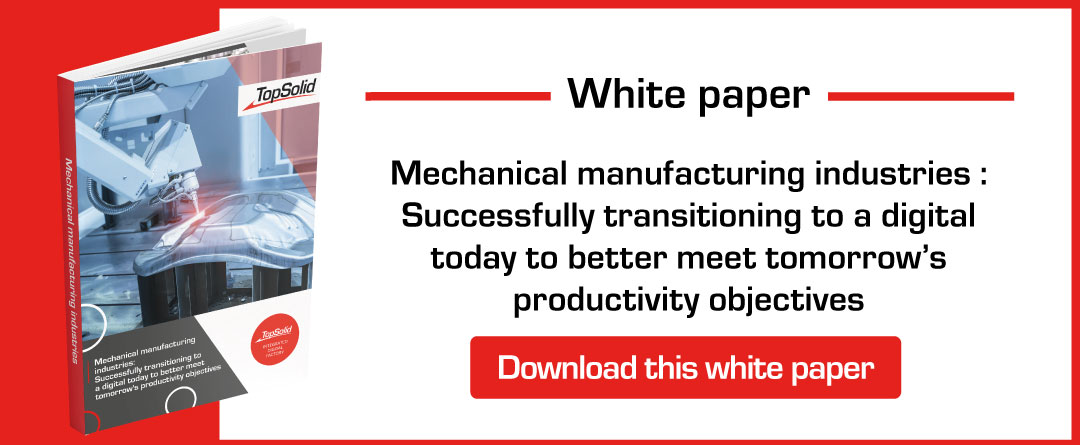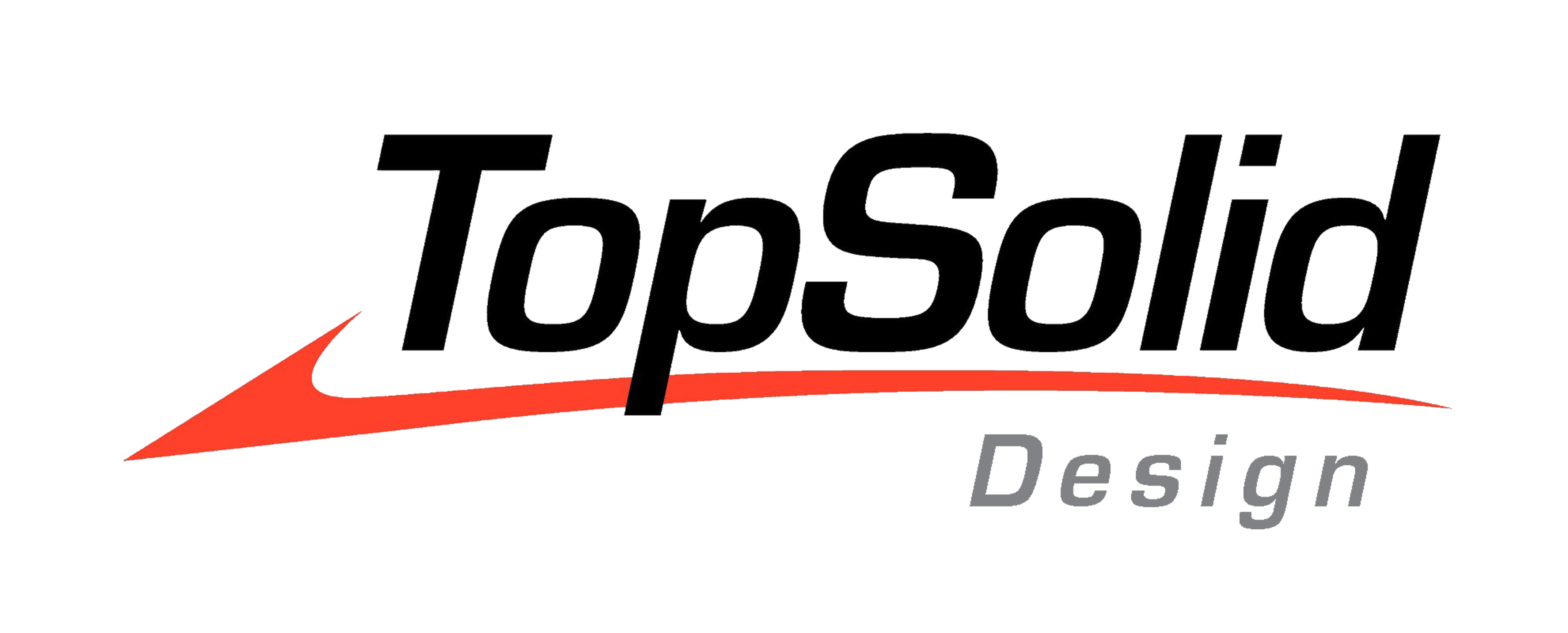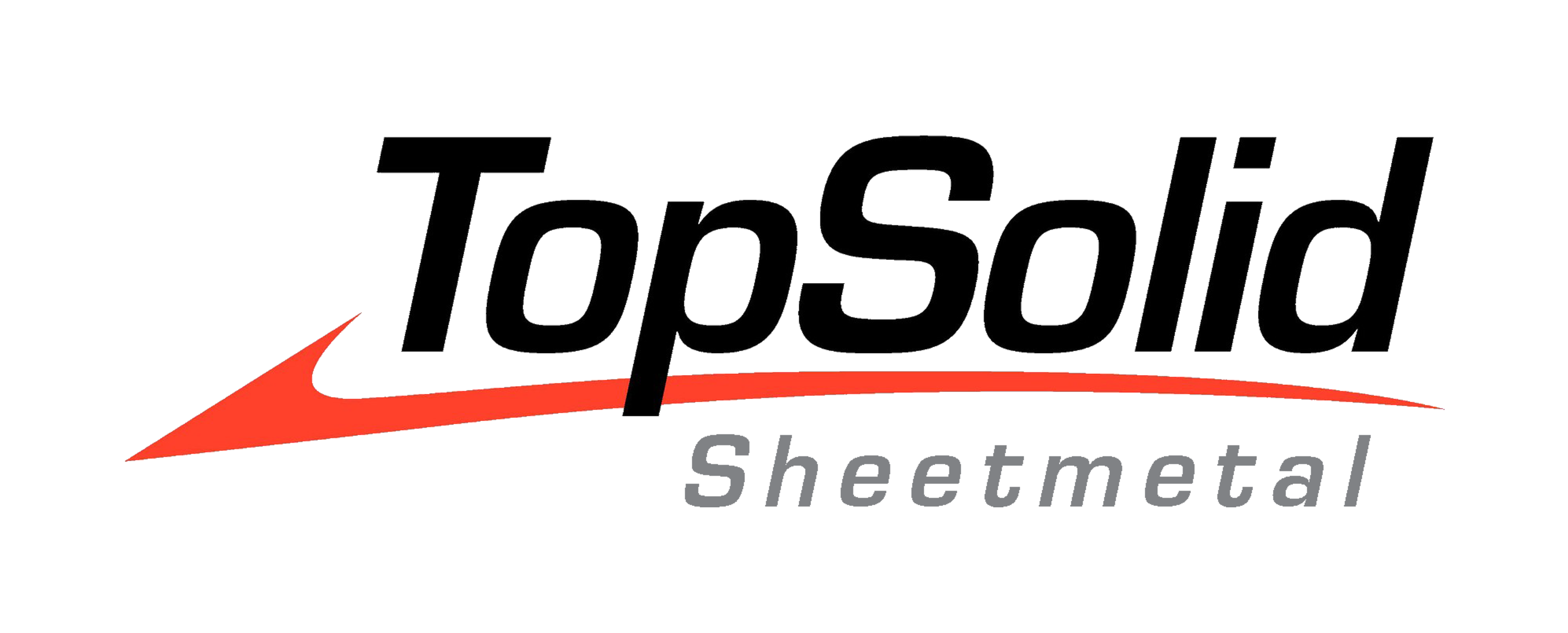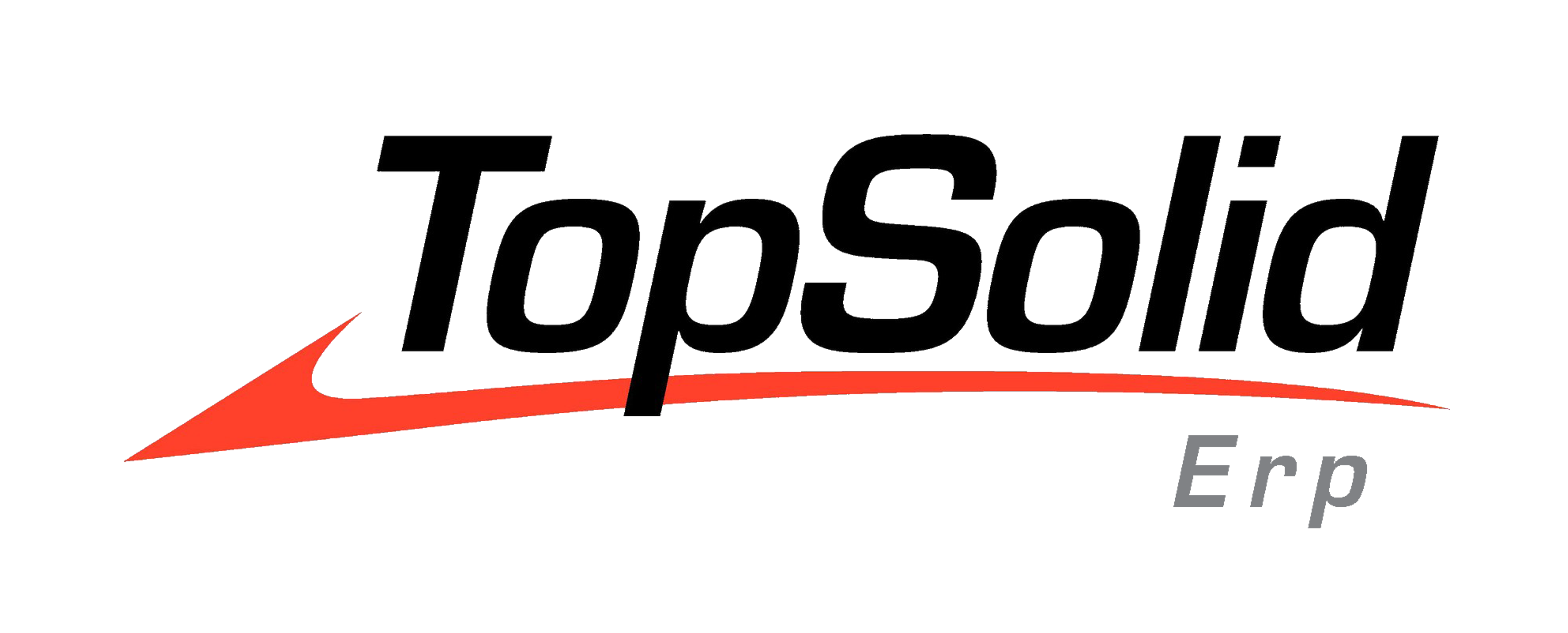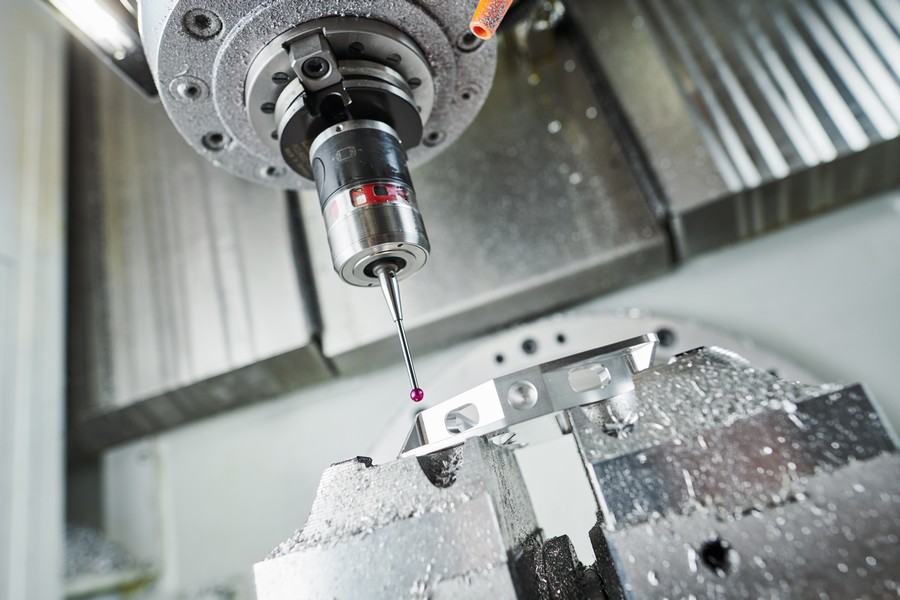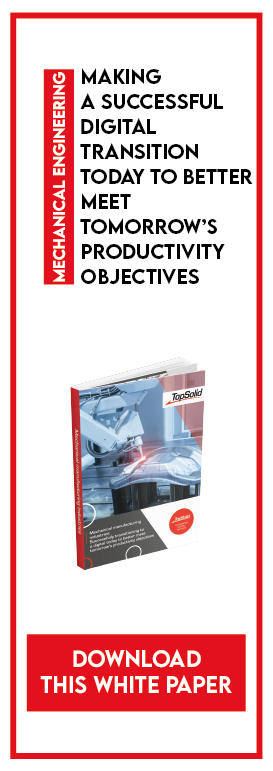2) The disadvantages of a two strong opposition between Design Office and Process Office
One thing is sure; the two departments speak the same language: that of 3D modeling, average dimensions, raw materials, machine set-up, and tolerances. There is no shortage of opportunities to exchange information for the smooth running of the project: information needed for industrialization from the design office to the manufacturing office, as well as requests for clarification or revisions before launching the machining, from the manufacturing office back to the design office.
But when the border between the two departments is unbridgeable, a cascade of dysfunctions harmful to the entire organization ensues:
- Waste of time in post-design discussions; each defending their own position.
- Increased risk of errors and data loss if there is no direct exchange interface.
- What about the automatic recovery of part properties and manufacturing characteristics for process office or design office patches?
- And then … we talk about the work atmosphere and motivation?
It is mainly from this cumbersome operation that tensions arise. The loss of time due to a lack of reliability and traceability is the number one enemy of efficiency. A situation that increases standard costs potentially decreases the quality and puts a heavy burden on productivity… not to mention the delay in deadlines!
In short, the exact opposite of what is expected to meet the company’s strategic challenges. How, then, to create the bridge between the design office and the process office to close this counter-productive border?
3) TopSolid: the solution that links the two worlds
Going from a product idea to its industrialization implies, in the current context linked to Industry 4.0, the practice – and if possible, the mastery – of several so-called “basic” requirements:
- a shared thinking process on the global project scale
- a single, reliable, shared information, to frame and manage exchanges
- fluid and factual communication
- a reactive decision-making process
- a genuine and synergistic collaboration
Also, to connect and rally the two departments falls under a logic of synergy of the processes, the objective being to achieve the rigorous management of the geometrical data, the orchestration of the flows, and the collaboration. An ambitious challenge that TOPSOLID takes up with brilliance!
TopSolid’s CAD and CAM solutions are developed on a common database (PDM) with an intuitive user interface and are associative. In addition, the design process integrates all the tools in line with the manufacturing process: the updates of the parts follow in CAM, and the process office can even make slight modifications in agreement with the design office.
With this highly successful CAD/CAM software solution, TopSolid meets the needs of today’s companies:
- Data control: the PDM of the solution manages both the technical data of the design office and the manufacturing office, thus allowing the full recovery of the “parts and manufacturing” characteristics.
- Traceability: TopSolid automatically transfers CAD modifications to CAM, managing common modification indicators.
- Streamline and secure the exchange of information: with TopSolid, file conversions, data entry, and risks linked to errors and data loss are over.
- Efficiency: By merging the design and manufacturing processes, the collaboration between the design and manufacturing departments is improved, thus boosting efficiency and motivation.
- Increased productivity and improved quality.
Suppose this new configuration of the relations between the design office and manufacturing office requires to know how to manage the change (company culture, working methods, tools, …). In that case, it also constitutes the beginnings of digital continuity, so essential to the industrial requirements of tomorrow.
As you understand, fluid and collaborative communication between the design office and the manufacturing office allows the border between the two departments to be erased… And because data volumes are increasing and work flows need to be justified, it has become difficult for industries to pass up a software solution. TopSolid, through its CAM, CAD, PDM, and ERP applications, enables the simplification of exchanges between the design office and the manufacturing office, ensuring the coherence of projects, and secures the design and manufacturing processes while reducing their cost. The time saved is colossal, and the efficiency of the design and manufacturing teams increases. In the end, it is the company’s productivity that improves… A successful challenge!
![Mechanical engineering: making a successful digital transition today to better meet tomorrow’s productivity objectives [WHITE PAPER]](https://blog.topsolid.com/wp-content/uploads/2022/07/LB-Industrie-Mecanique-Blog.jpeg)

